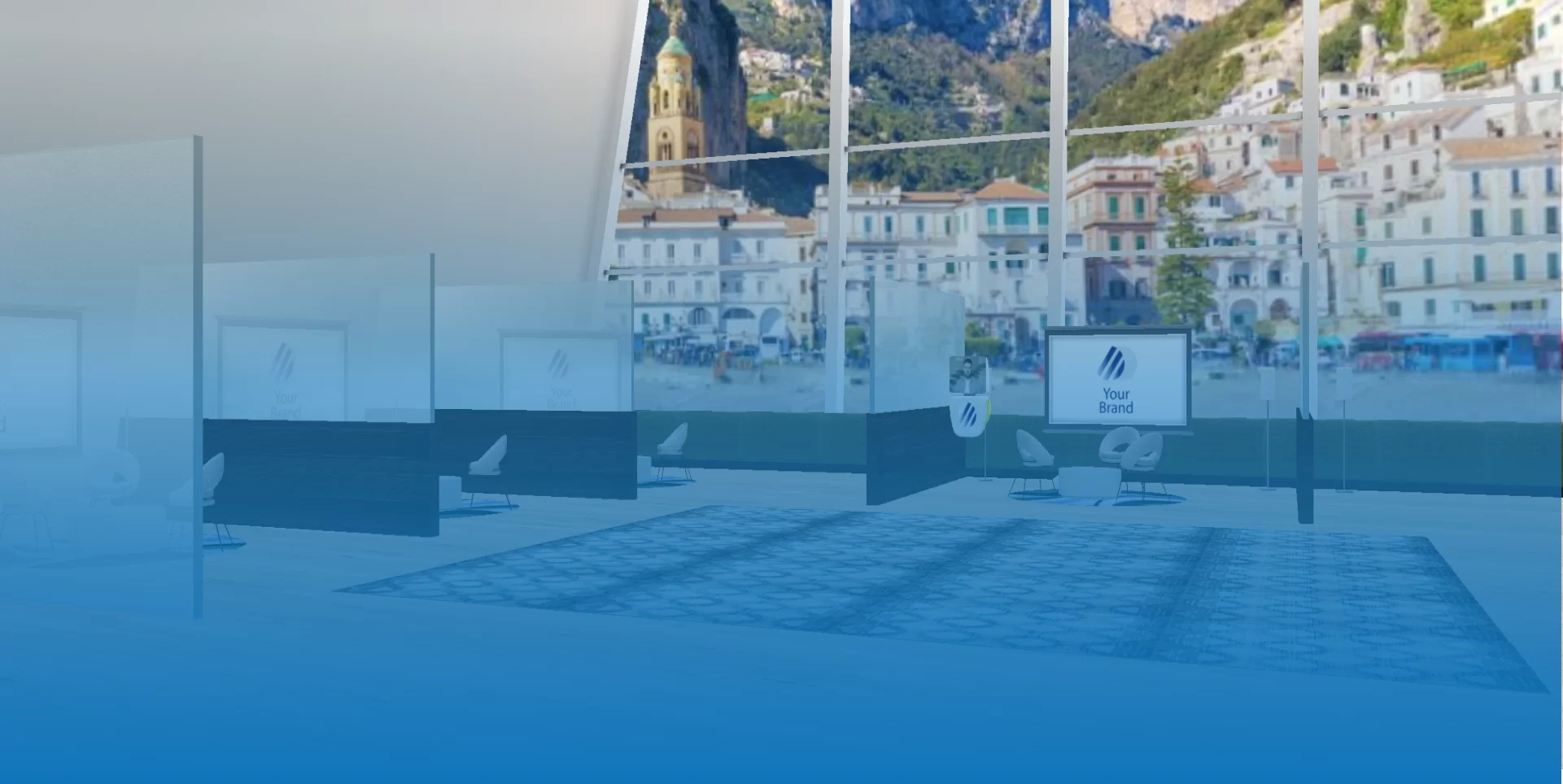
The workplace is undergoing a digital revolution. Siloed information and rigid structures are giving way to the digital workplace. It’s a game-changer for modern businesses. This digital workplace guide will equip you to harness its power and unlock a new era of agility, collaboration, and productivity.
What is the digital workplace, and how does it offer significant benefits in today’s corporate environment? Let’s explore its advantages.
Technology advancements and changing work culture have driven the transition from traditional offices to digital-first environments. Initially, workplaces relied on physical spaces and face-to-face communication, but with the introduction of computers in the 1970s and the internet in the 1990s, digitalization transformed communication and collaboration. The proliferation of mobile devices in the 2000s facilitated remote work, while the 2010s saw organizations embracing digital transformation initiatives to modernize operations.
The COVID-19 pandemic further accelerated the shift to remote work, highlighting the importance of digital workplace tools and technologies for modern workplaces. This transition reflects a gradual evolution shaped by technology, demographics, and business needs.

A 2022 report by Owl Labs revealed that 72% of knowledge workers now work remotely at least occasionally. This surge in remote employees has driven the need for robust collaboration tools. Platforms like Meetaverse, Zoom, Slack, and Microsoft Teams have become essential for real-time communication, project management, and virtual brainstorming sessions, ensuring geographically dispersed teams stay connected and productive.
A digital workplace is a virtual environment that integrates digital technologies, tools, and processes. That enables and enhances collaboration, communication, and productivity within an organization. It leverages various digital platforms, software, and tools to create a unified and interconnected workspace. The digital workspace allows employees to work efficiently, regardless of location.
A digital workplace resembles a virtual office space, where employees’ avatars can interact, collaborate, and attend meetings in a 3D environment. This digital office could feature customizable workspaces, conference rooms, presentation areas, and lounges. The digital workplace offers a futuristic and engaging environment that enhances productivity and fosters creativity in a virtual setting.

Key components of a digital workplace typically include:
Corporations and enterprises use digital workplaces in various ways to optimize operations, foster collaboration, and enhance employee productivity.

Here are some common use cases:
As organizations look to navigate the complexities of setting up such environments, our guide to creating a digital workplace serves as a valuable resource. It walks you through the crucial steps for effectively building and integrating a digital workplace strategy that aligns with your company’s unique needs and goals.
Meetaverse is a leading digital experience provider that helps enterprises create persistent virtual environments in the metaverse. This concept takes the idea of the metaverse and applies it specifically to provide the best digital workplace solutions for large enterprises.
Here’s a look at Meetaverse’s features and how they might contribute to the future of work:

Benefits of Meetaverse implementation into your business:
Looking for a digital work or meeting space?
Leave your contact information and a Meetaverse professional will be happy to tell you more about how we can help
Understanding the distinction between digital workspace vs digital workplace is essential for organizations seeking to optimize their remote collaboration and overall work environment. While the terms are often used interchangeably, there are subtle differences in their meanings:
| Digital Workspace | Digital Workplace |
| Focuses on the tools and technologies that employees use to perform their work. | Encompasses the broader concept of the entire digital environment in which work is conducted. |
| Encompasses the digital tools, applications, and platforms that enable employees to access their work resources and collaborate from any location and device. | Includes digital tools and technologies and the organizational culture, processes, policies, and physical workspaces. |
| Examples include virtual desktops, cloud storage, collaboration software, communication tools, and mobile applications. | Emphasizes the integration of digital technologies into all aspects of the work environment to enhance productivity, collaboration, and employee experience. |
| Emphasizes the user experience and efficiency in accessing and utilizing digital tools to perform tasks and achieve goals. | Involves the transformation of traditional work practices and environments into digital-first approaches, supporting remote work, flexible work arrangements, and digital collaboration. |

The benefits of a digital workplace extend far beyond mere operational efficiency, providing a foundation for transformative changes within corporations. Here are the key advantages to be considered:
Resistance to change among employees is a common challenge when implementing a digital workplace. Here’s how to address it:
Ensuring data privacy and security in a decentralized digital workplace can be challenging due to data access control, endpoint security, data encryption, and compliance. To address these challenges, corporations can:
One of the main challenges of the digital workplace is managing technology overload and ensuring digital well-being for employees. The abundance of digital tools and platforms in the workplace can lead to information overload, distraction, and feeling overwhelmed for employees. What are the solutions?
The challenge of balancing standardization with the need for customization in the digital workplace arises from the conflicting goals of ensuring consistency and efficiency across the organization while catering to individual teams’ and employees’ diverse needs and preferences. Here’s what you can do to address these issues:
An effective digital workplace encompasses a range of features designed to optimize work processes, enhance collaboration, and improve employee engagement. For example:
Getting your company on board with a digital workplace is a complex task that requires careful planning and precise execution. Here are the critical steps needed to successfully plan and implement a digital workplace:

As we delve further into the digital age, the idea of the digital workplace is constantly changing, driven by new technology and the shifting demands of the workforce. Let’s explore some of the prominent trends driving evolution. What is the future of digital workplace?
In today’s dynamic business environment, digital workplace solutions like Meetaverse are at the forefront of fostering agility, collaboration, and productivity. This evolution is reshaping the corporate landscape, offering unparalleled opportunities for innovation and growth. By integrating Meetaverse into your operations, you position your organization not just to keep up but to lead the transformation.
Book a demo now and embark on the journey to leadership in this exciting era.
Looking for a digital work or meeting space?
Leave your contact information and a Meetaverse professional will be happy to tell you more about how we can help
A digital workplace uses digital tools and platforms to enable remote collaboration and streamline work processes. It allows employees to work efficiently from anywhere, anytime.
An example of a digital workplace is a cloud-based collaboration platform like Microsoft Teams or Slack, which allows employees to communicate, share files, and collaborate on projects from anywhere using various devices.
The value of a digital workplace lies in its ability to enhance productivity, foster collaboration, and enable flexibility in how and where work gets done. It streamlines processes, facilitates communication, and empowers employees to work more efficiently, ultimately driving business success.
Yes, a digital workplace can be highly effective when implemented and utilized properly. It streamlines processes, enhances communication and collaboration, improves productivity, and enables flexibility in work arrangements, improving business outcomes and employee satisfaction.
As organizations move from physical offices to hybrid and digital-first environm...
read moreAny online space that enables people to work together can become a virtual work...
read moreIn today’s world, businesses need to be flexible and work together easily....
read more

